
Closing Out 2018
December 31, 2018 in Be Positive
 There’s still a good amount of time for self-reflection and resolution-setting as the last few hours of 2018 wind down. In between stores and work closing early and sequins and glitter beginning to come out in full force, you can still look back on what’s happened and look ahead on what’s to come.
There’s still a good amount of time for self-reflection and resolution-setting as the last few hours of 2018 wind down. In between stores and work closing early and sequins and glitter beginning to come out in full force, you can still look back on what’s happened and look ahead on what’s to come.
Resolutions in particular tend to receive a lot of debate – there’s always countless opinions and articles this time of year about why they’re useless, how to create “realistic” resolutions that you can maintain, and why they are so easily broken. This isn’t to say that resolutions are pointless, however. We make New Year’s resolutions because a new year is a fresh start. Even though nothing is really changing besides the last digit of the year (that may take a while to get used to though), the new year almost feels like a reset button, giving us an opportunity to make an active change and try to stick to it.
 There’s been a bit of a makeover when it comes to making resolutions. They feel less intensive and strict and have become a little more abstract and flexible. Instead of recommending hard-set goals such as “work out more” and “save money,” people suggest to “maximize happiness” or to “become healthier.” Making resolutions a little vaguer make them feel less like resolutions and more like positive changes. Instead of being pressured to stick to a resolution that’ll end up breaking within a month, the want for change will always be there and can begin at anytime.
There’s been a bit of a makeover when it comes to making resolutions. They feel less intensive and strict and have become a little more abstract and flexible. Instead of recommending hard-set goals such as “work out more” and “save money,” people suggest to “maximize happiness” or to “become healthier.” Making resolutions a little vaguer make them feel less like resolutions and more like positive changes. Instead of being pressured to stick to a resolution that’ll end up breaking within a month, the want for change will always be there and can begin at anytime.
If you want to be more mindful about how to spend money throughout the year for example, you don’t have to find the right app to strictly monitor your progress, but you can buy one fewer coffee during the week and increase that throughout the year. Things like this help to build habits and can feel more productive than following hard rules you have set for yourself.
New Year’s Eve isn’t all about looking ahead, either. Looking back on the year can be just as an important activity as planning for the upcoming year, especially because we learn best from our mistakes and past experiences. This can be difficult for some: 2018 could have been a hard year, but some could use that as a chance to become more motivated to make 2019 significantly better. Even if 2018 was a good year, you can use what went well for you and try to keep that up in 2019 too.
Regardless, the new year can be a great time for change. You don’t have to begin your new goals and change your entire lifestyle the instant the ball drops, because there are still 365 full days to begin the first step.
How do you feel about New Year’s Resolutions? What kind of changes would you want to make in 2019?

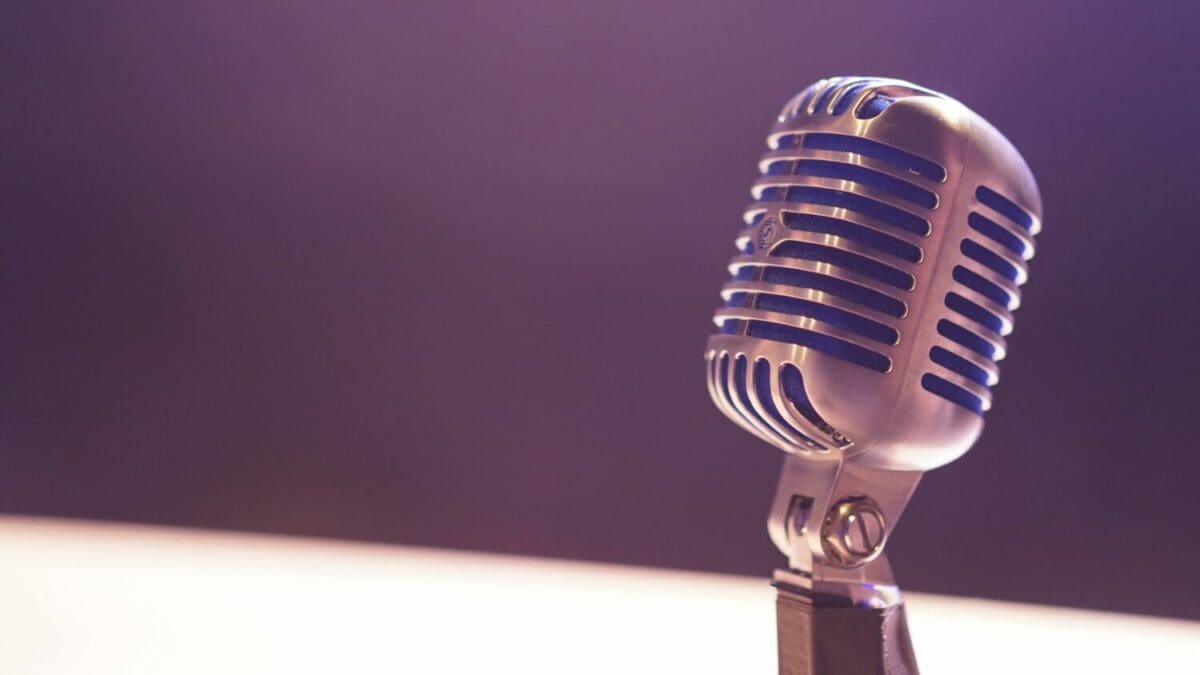
 Podcasts have boosted in popularity in recent years. Pretty much anyone can start one, about any topic, and talk for as long as they want about it, with a few tangents and distractions here and there. This popularity and accessibility, while convenient, can also feel overwhelming with the sheer number of podcasts available per the infinite number of topics.
Podcasts have boosted in popularity in recent years. Pretty much anyone can start one, about any topic, and talk for as long as they want about it, with a few tangents and distractions here and there. This popularity and accessibility, while convenient, can also feel overwhelming with the sheer number of podcasts available per the infinite number of topics.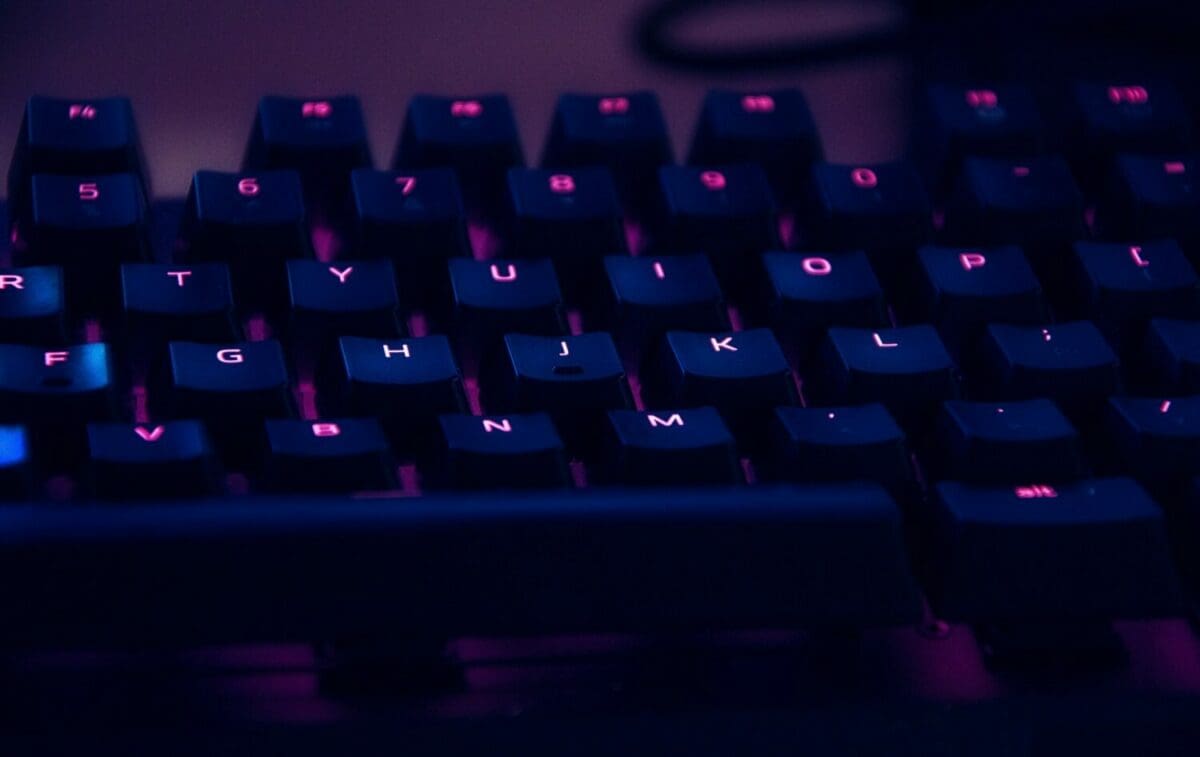
 Video games have become much more interactive than they used to be. If you wanted to play with others, they would have to physically be there, with up to four players sharing the same console connected to the TV, each having their own controller. Two people with Game Boys could connect to each other using a
Video games have become much more interactive than they used to be. If you wanted to play with others, they would have to physically be there, with up to four players sharing the same console connected to the TV, each having their own controller. Two people with Game Boys could connect to each other using a  However, just like every other form of social media, there are positives that can come with online gaming and talking to others as you play. One
However, just like every other form of social media, there are positives that can come with online gaming and talking to others as you play. One 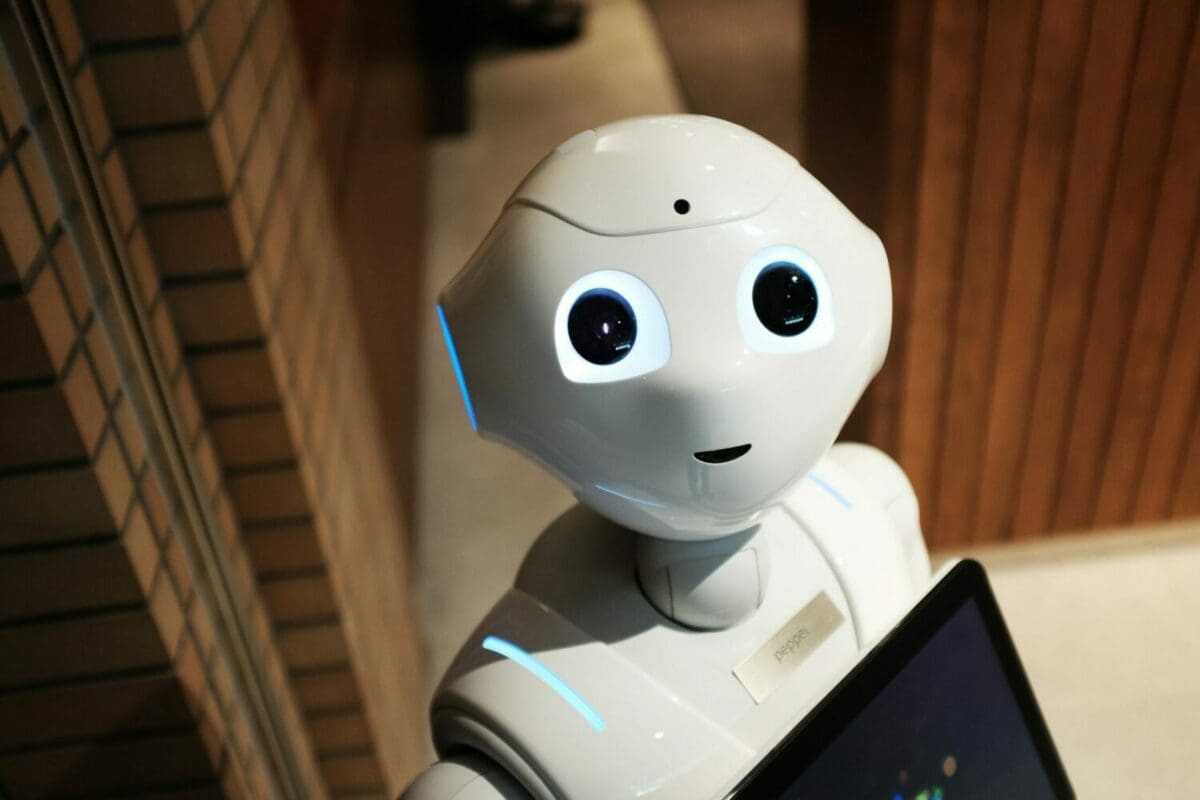
 Sometimes, we just need someone to talk to, but for whatever reason, we might need be able to do so. We may feel uncomfortable with the stuff we want to share, or it may simply be the middle of the night, and everyone you talk to is asleep. As always, the Internet is here to help.
Sometimes, we just need someone to talk to, but for whatever reason, we might need be able to do so. We may feel uncomfortable with the stuff we want to share, or it may simply be the middle of the night, and everyone you talk to is asleep. As always, the Internet is here to help.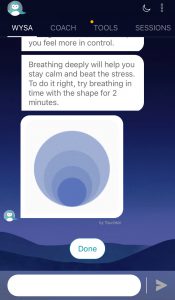


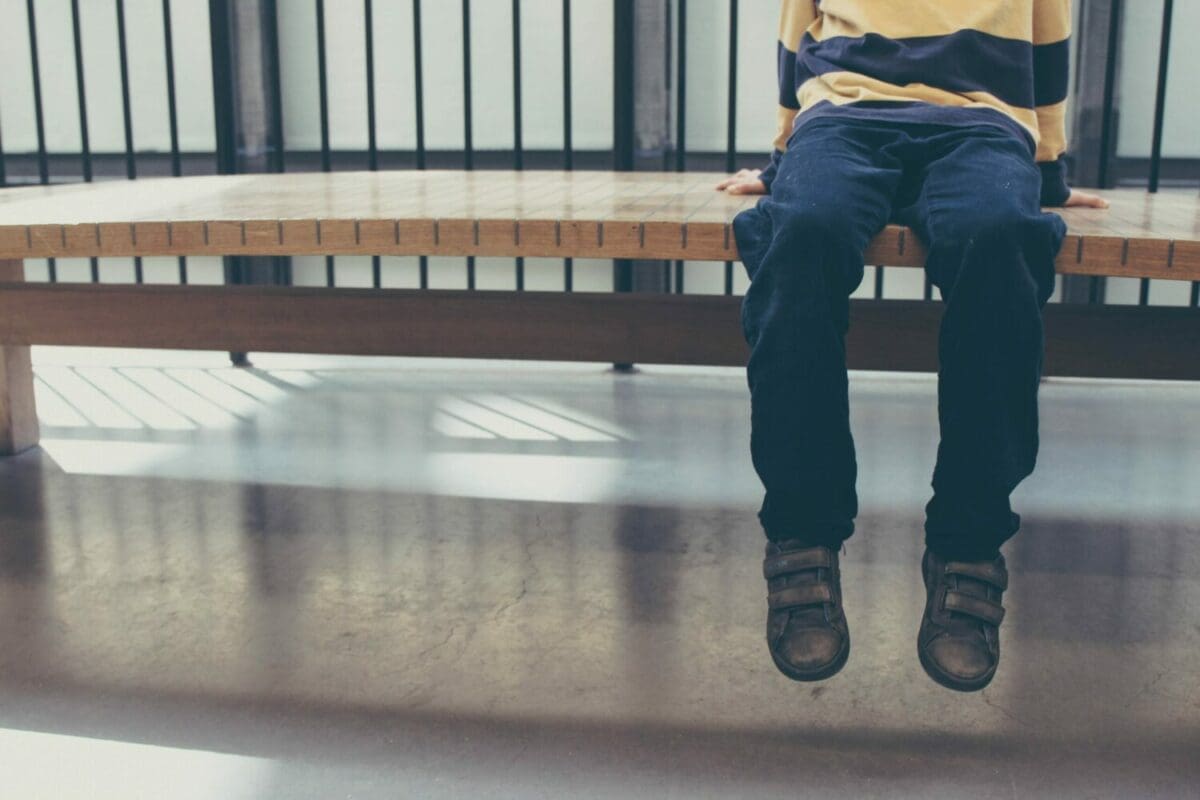
 Children in the foster care system are unsure of the safety of their home environment, of the next time they will see food, or even of when they will be separated from family again. The anxiety that these experiences bring makes them vulnerable to anxiety disorders and depression.
Children in the foster care system are unsure of the safety of their home environment, of the next time they will see food, or even of when they will be separated from family again. The anxiety that these experiences bring makes them vulnerable to anxiety disorders and depression. often need a loving, warm, and supportive environment first. Just like for everyone else, a consistent, stable relationship in itself can do a lot of healing.
often need a loving, warm, and supportive environment first. Just like for everyone else, a consistent, stable relationship in itself can do a lot of healing.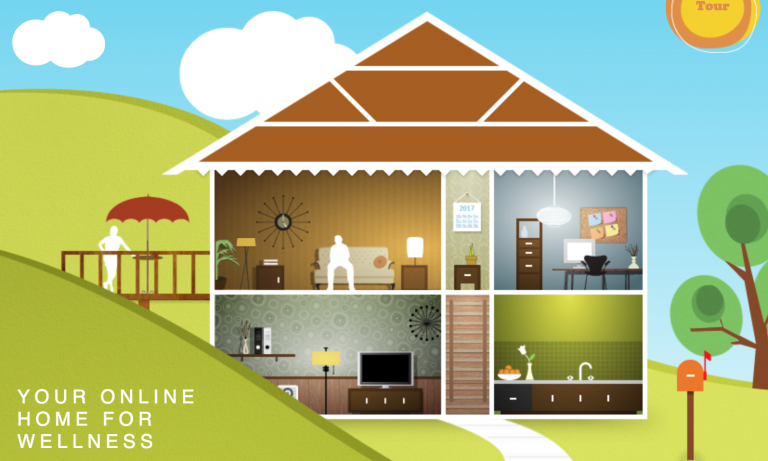



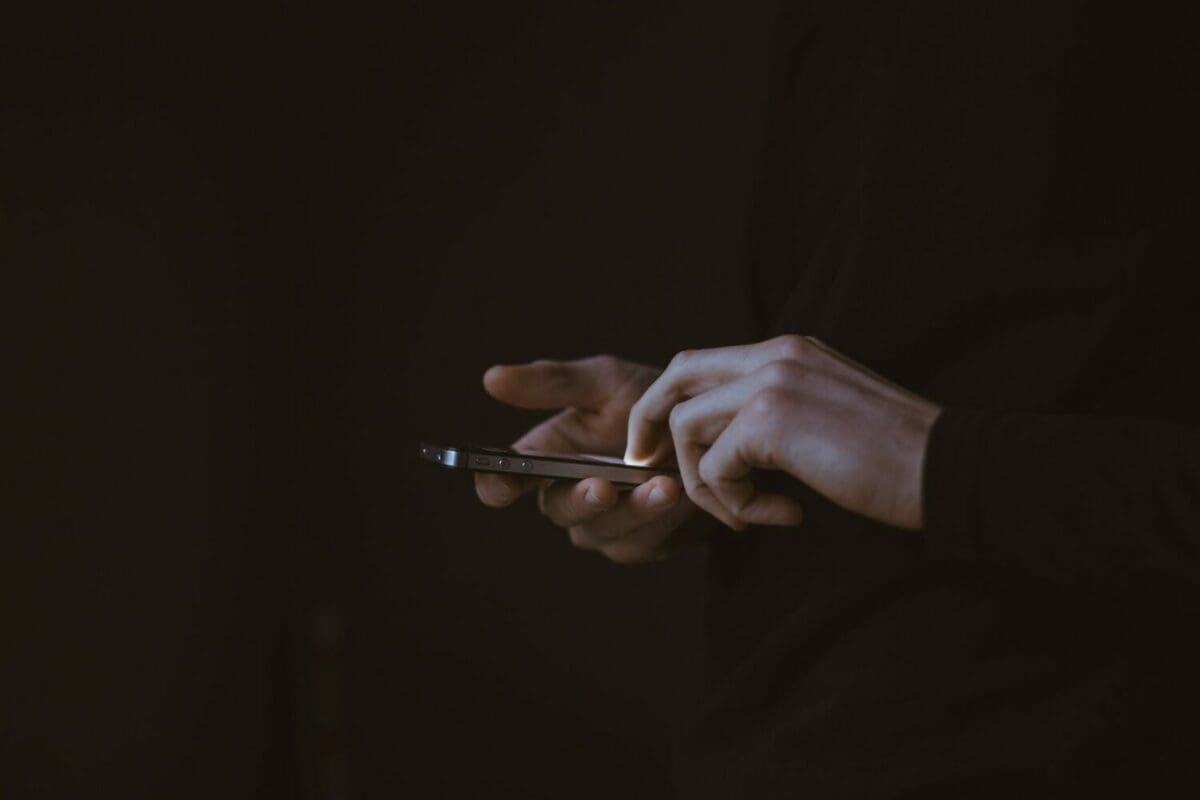






Recent Comments